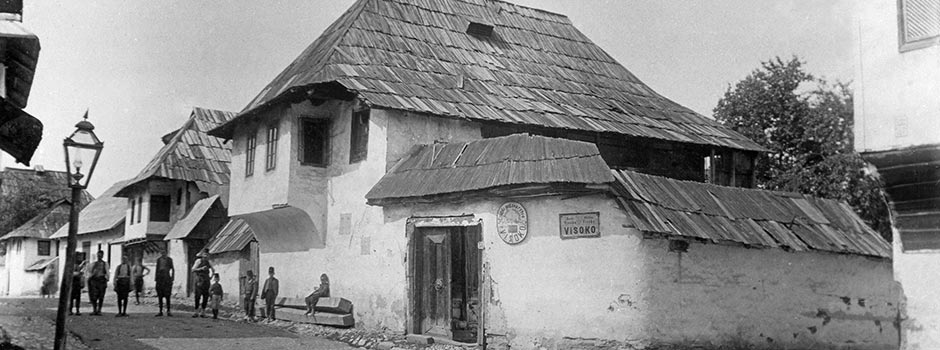
EXHIBITION IN THE REGIONAL MUSEUM OF VISOKO, BIH Visoko’s Nahiyah Architecture and Urbanism Through Museum’s Photo Archive
Oct 04, 2019 FEATURE, Art Collection

As part of a program of Visoko's Summer Festival 2019, the exhibition displays the architectural and urban development of Visoko's nahiyah dating to the Ottoman period. It follows the development of construction that was built in a new way. The exhibition presents an interpretation of the appearance, location of use, characteristics and symbolic values of Visoko's Nahiyah architectural and urban development. The exhibited photographs show these elements on sacral and public buildings, allowing the possibility to analyze the elements of the Ottoman style of construction and decoration. The exhibition was opened by the author of the exhibition Dzenana Arnautovic, MA, and Dr Haris Dervisevic.
The public is able to see a selection of the Museum's photo archive which contains around 1.500 photos. This exhibition includes photos from three sub-collections: Ethnology, Old Visoko and People, and Parts of Visoko through Milenko Gavrilovic's photos.
Visoko is located where the river Fojnica flows into the river Bosna that runs through the Visoko field, one of the most fertile in the valley. The fertility of the soil and the abundance of water in the valley are the reasons why this region was inhabited in ancient times. Within the Ottoman Empire, since 1463, Visoko had almost all the features of a larger urban environment and was developed economically as a market centre of local and transit importance, but also as an administrative and cultural centre of the changing peoples and authorities.
As an Ottoman settlement Visoko's Nahiyah had religious and public institutions, and facilities. Until the Austro-Hungarian occupation in 1878, Visoko was a nahiyah. As such, it was one of the Ottoman administrative units representing a settlement with one or more urban parts under the direct administration of a civil servant.
As part of the exhibition, other settlements of Visoko's Nahiyah were also presented: Kraljeva Sutjeska, Fojnica, Kiseljak, Kresevo, Ribnica and Nazbilje (Kakanj). The exhibition increases the importance of preserving the objects and sites of the cultural and historical value of Bosnia and Herzegovina's heritage through urbanism, architecture, interiors, art, ethnography and archival material.
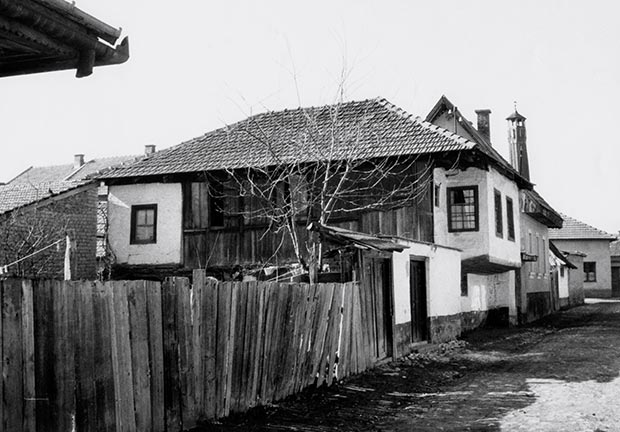 The Bosnian house in Donja Mahala, Visoko / Photo courtesy of Regional Museum of Visoko
The Bosnian house in Donja Mahala, Visoko / Photo courtesy of Regional Museum of Visoko
 Kraljevacka Mosque in Visoko / Photo courtesy of Regional Museum of Visoko
Kraljevacka Mosque in Visoko / Photo courtesy of Regional Museum of Visoko
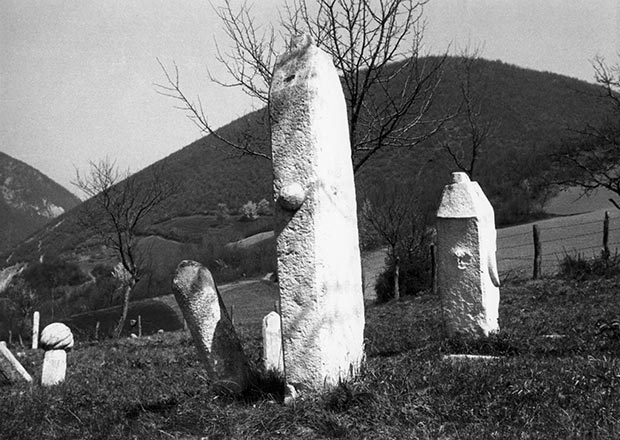 Old Muslim cemetery in Visoko / Photo courtesy of Regional Museum of Visoko
Old Muslim cemetery in Visoko / Photo courtesy of Regional Museum of Visoko
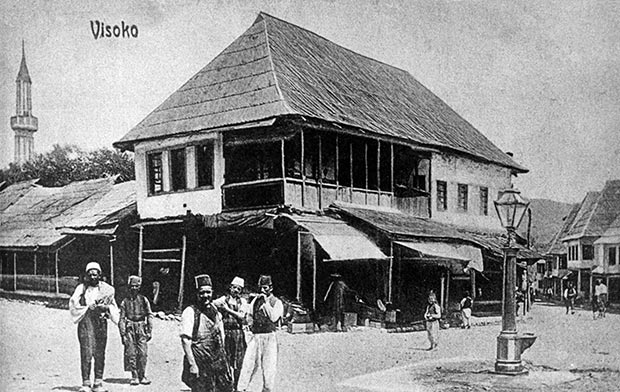 Sebilj in Visoko / Photo courtesy of Regional Museum of Visoko
Sebilj in Visoko / Photo courtesy of Regional Museum of Visoko
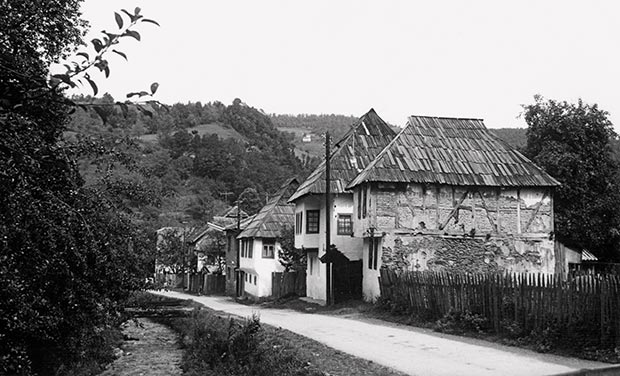 Bosnian houses in Fojnica / Photo courtesy of Regional Museum of Visoko
Bosnian houses in Fojnica / Photo courtesy of Regional Museum of Visoko
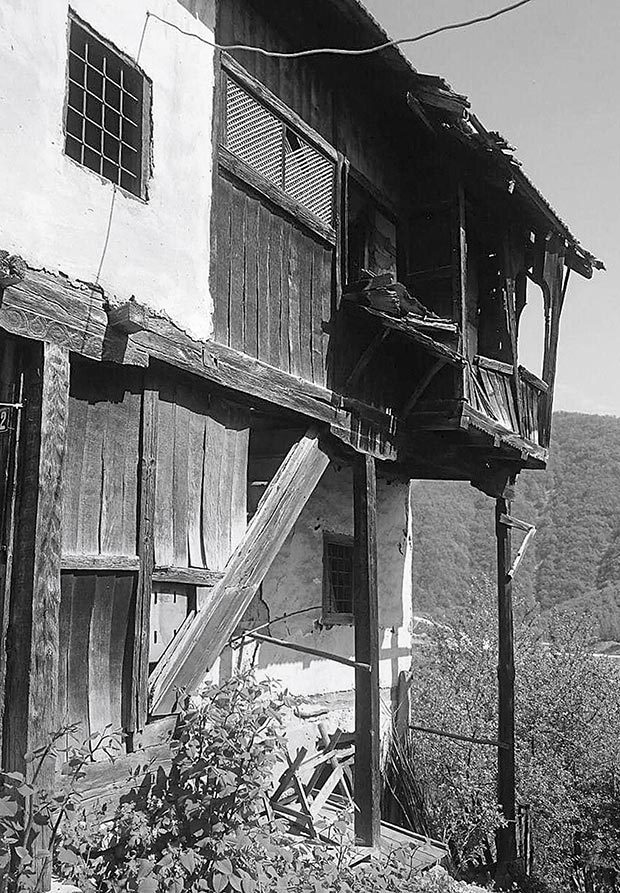 A Turkish court in Kakanj, Ribnica / Photo courtesy of Regional Museum of Visoko
A Turkish court in Kakanj, Ribnica / Photo courtesy of Regional Museum of Visoko
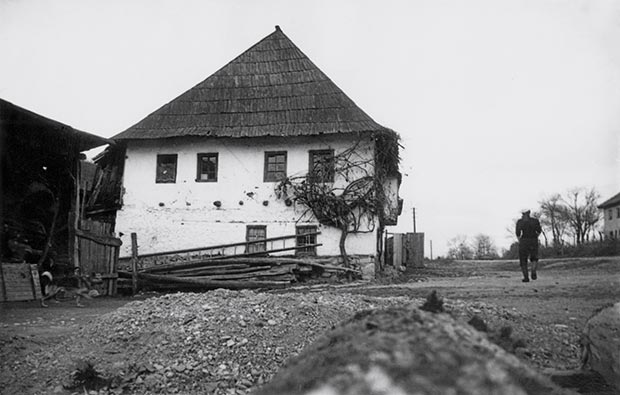 Mutap's Han in Kiseljak / Photo courtesy of Regional Museum of Visoko
Mutap's Han in Kiseljak / Photo courtesy of Regional Museum of Visoko
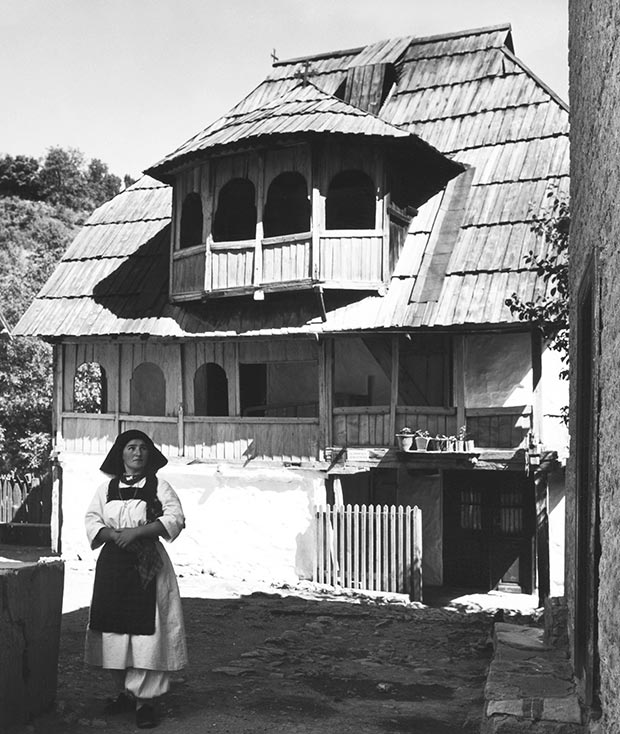 The House of Ivica Dusper (Ive Duspera kuca) / Photo courtesy of Dženana Arnautović
The House of Ivica Dusper (Ive Duspera kuca) / Photo courtesy of Dženana Arnautović
The exhibition Visoko's Nahiyah Architecture and Urbanism Through Museum's Photo Archive will run until October 9, 2019.
Comments
Add a comment